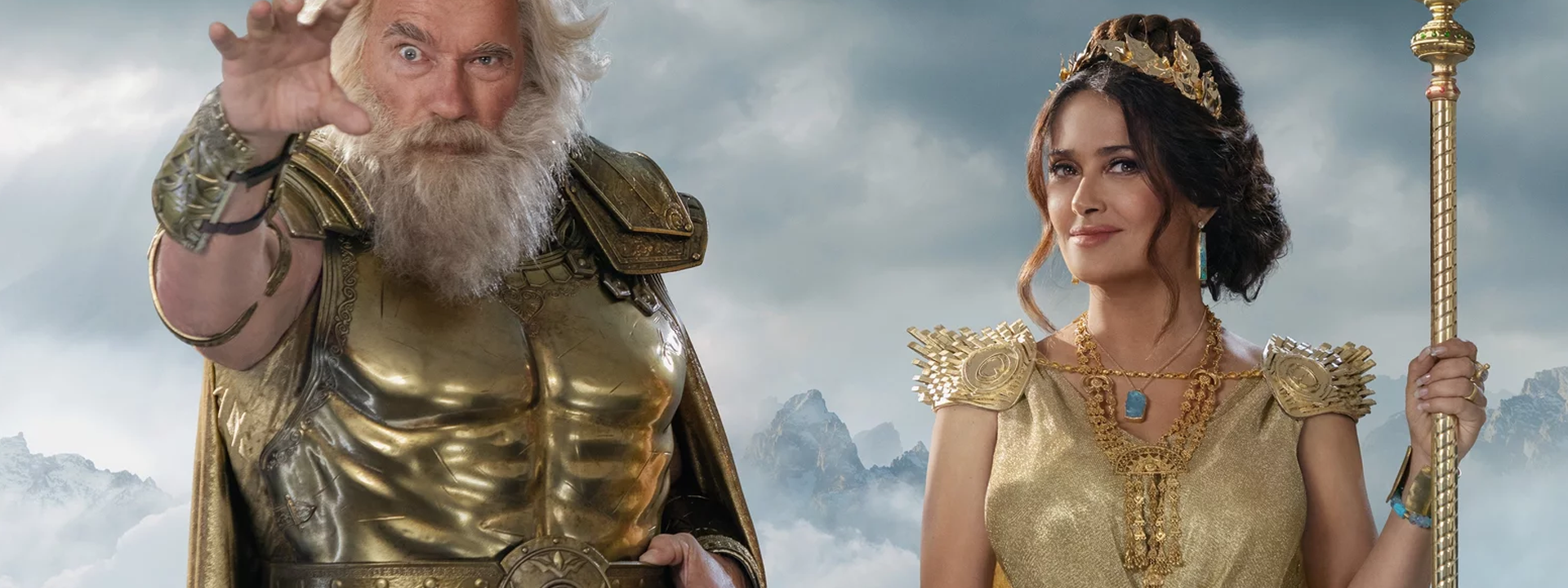Marie Oldham on BBC Radio – Super Bowl ad spend
Executive Chair of VCCP Media Marie Oldham speaks to the BBC World Service about Super Bowl advertising spend
The highlight of the American football calendar, the grand finale of the NFL season and one of the USA’s most highly anticipated sports events of the year: the Super Bowl. Now in its 56th year, this event marked the event’s return to an in-person game with over 25,000 attending the stadium, and - at its peak - 167 million people worldwide tuning in from home.
Amid the highly anticipated game, the notorious halftime show is one of the main pulls of the event, with music performers including 50 Cent, Mary J Blige and Snoop Dogg - yet the star-studded entertainment wasn’t restricted to the microphone stands, it was reflected in the big spend from advertisers pulling out all the stops, with multiple 30-second ad slots sold for $6.5 million.
But this begs the question - what are the pay-offs for brands advertising during the Super Bowl halftime?
VCCP Media’s Executive Chair Marie Oldham took to the early morning airwaves of BBC World Service World Business Report with Presenter and Newsreader David Harper to discuss the power of advertising during the coveted halftime TV slots and why it is such a worthwhile investment for brands.
When asked about the enormous spend required to gain one of the coveted advertising spots (up to $6.5 million, or for the many advertisers buying 60 seconds, over $10 million), Marie explained that the payoffs of exposure make it a worthwhile investment.
“What you're buying into is the shared audience experience. It's estimated this year that you'll get 100 million people in the US alone, and a further 40 million+ globally”
David pointed out that, despite the reach, this huge cost might seem baffling to anyone outside advertising circles. Yet there’s much more to it - in the world of the Super Bowl, the adverts are almost as important as the sporting event itself.
Marie goes on to explain the value of both the scale and brands sharing in the longstanding tradition of the game. “You're buying into 56 years of American tradition here. Families and communities come together to be part of this, brands that get it right can position themselves as part of modern life, trusted and connected to the people”
Like the Super Bowl games, brands that produce so-called “classic adverts” will also go down in the history books. “The most famous [advert] is probably the Macintosh one from 1984 for the Apple Mac just about to be launched at that time. That advert’s still talked about to this day!”
No pressure at all for all the brands taking part! But the ones that did this year knew exactly what they were doing, drawing on renowned actors, public figures and media personalities, with some adverts seeming almost cinematic.
As far as Marie is concerned, it makes perfect sense for huge-scale brands.
“If you were developing a new product this year, you would create a new film to launch tonight if you could. It's the dream point of bringing together the global audience, the pinnacle of American sport, family traditions and the community gatherings to launch your big news.
It’s about nailing that shared experience that will have people connecting and talking about your brand even after the game ends. “People can turn to their friends and say “Wow, they can talk to friends and colleagues at work the following day, safe in the knowledge that they all saw the same ad in the Superbowl. That's quite difficult to get these days.”
David then asked Marie her thoughts on the supposed ‘dying form’ of linear TV with on-demand watching, and whether this effect in the television industry is also apparent in advertising. “The way we consume advertising is changing, but video is certainly not dead.”
Marie believes there are benefits to new patterns. “I don't think we feel that linear is dead, but we know that it's now a series of peaks. So there is ‘appointment of view’ and that's great for advertisers to reach larger audiences at the same time, and there is ‘view on demand’ which is also great for advertisers because we can really target our audiences. Advertising spots in and around broadcasted sport events are particularly important for their unifying spirit; they are a moment when audiences really come together.“
TV viewing may change, but advertisers are always adapting to the moment that they can talk to their audiences, wherever they may be situated. “As agencies, that changes whether we're talking to somebody in a one-to-one environment where they may be on their laptop, or they're on their phone or on their sofa, or whether we're talking to them in this sort of shared participation moment. You change your messaging to reflect where you know they're going to hear from you so that you can maximise attention and impact”
Listen back to the full interview here.

